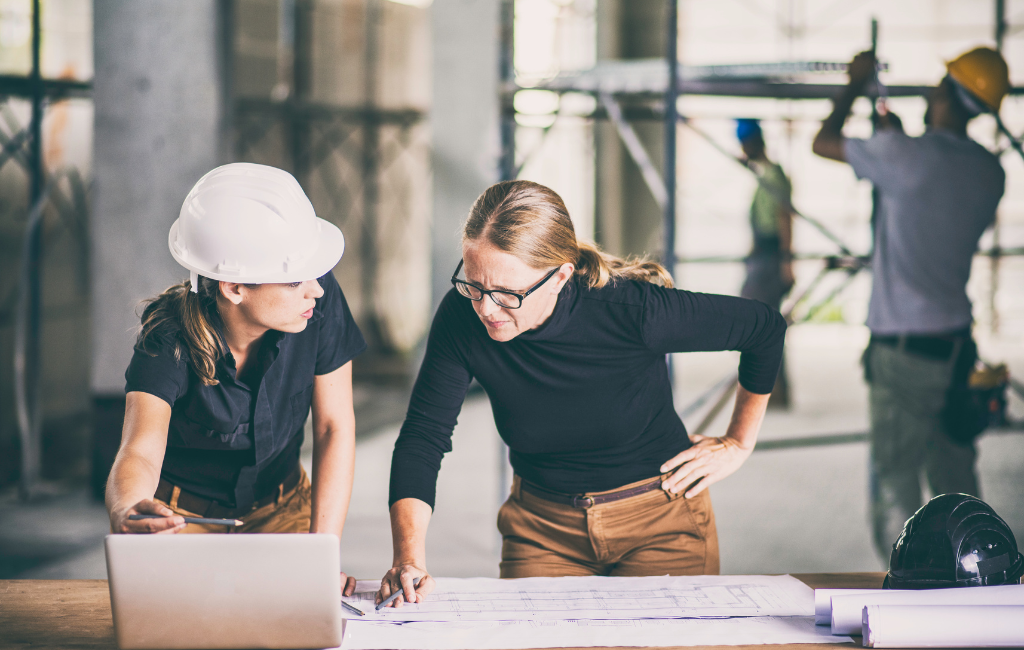-
Table of Contents
Innovative Architect Trends Shaping
Architecture has always been a reflection of society’s values, technological advancements, and cultural shifts. As we move further into the 21st century, the field of architecture is undergoing significant transformations. This article explores the latest trends that are shaping the industry, providing insights into how architects are pushing the boundaries of design and functionality.
Sustainable Design
Sustainability has become a cornerstone of modern architecture. With growing awareness of environmental issues, architects are increasingly focusing on creating buildings that minimize ecological impact. This trend is evident in the rise of green buildings, which incorporate energy-efficient systems, renewable energy sources, and sustainable materials.
Examples of sustainable design include:
- Using solar panels and wind turbines to generate energy
- Incorporating green roofs and walls to improve insulation and air quality
- Utilizing recycled and locally sourced materials
One notable case study is the Bullitt Center in Seattle, often referred to as the greenest commercial building in the world. It features solar panels, rainwater harvesting systems, and composting toilets, setting a new standard for sustainable architecture.
Smart Buildings
The integration of technology into building design is another significant trend. Smart buildings use advanced systems to enhance efficiency, comfort, and security. These buildings are equipped with sensors, automation systems, and IoT devices that allow for real-time monitoring and control.
Key features of smart buildings include:
- Automated lighting and climate control systems
- Advanced security systems with facial recognition and biometric access
- Energy management systems that optimize resource use
An example of a smart building is The Edge in Amsterdam, which is considered one of the most intelligent buildings in the world. It uses a network of sensors to monitor everything from lighting to occupancy, creating a highly efficient and adaptable workspace.
Biophilic Design
Biophilic design emphasizes the connection between humans and nature. This approach seeks to incorporate natural elements into the built environment, promoting well-being and productivity. Biophilic design can be seen in the use of natural materials, abundant greenery, and natural light.
Elements of biophilic design include:
- Large windows and skylights to maximize natural light
- Indoor gardens and green walls
- Natural materials such as wood, stone, and bamboo
The Amazon Spheres in Seattle are a prime example of biophilic design. These glass domes house over 40,000 plants from around the world, creating a unique and inspiring workspace for Amazon employees.
Adaptive Reuse
Adaptive reuse involves repurposing existing buildings for new uses. This trend is driven by the desire to preserve historical structures and reduce the environmental impact of new construction. Adaptive reuse projects often blend old and new elements, creating unique and functional spaces.
Examples of adaptive reuse include:
- Converting old factories into residential lofts
- Transforming warehouses into office spaces
- Repurposing churches into community centers
The Tate Modern in London is a notable example of adaptive reuse. This former power station was transformed into a world-renowned art museum, preserving its industrial heritage while creating a modern cultural landmark.
Parametric Design
Parametric design leverages computational algorithms to create complex and innovative architectural forms. This approach allows architects to explore new geometries and optimize designs for performance and aesthetics. Parametric design is often used in the creation of iconic and futuristic structures.
Features of parametric design include:
- Complex, organic shapes that are difficult to achieve with traditional methods
- Optimization of structural performance and material use
- Customization of designs to meet specific site conditions and requirements
The Heydar Aliyev Center in Baku, designed by Zaha Hadid, is a striking example of parametric design. Its flowing, curvilinear form challenges conventional architectural norms and showcases the potential of computational design techniques.
Modular Construction
Modular construction involves assembling buildings from pre-fabricated modules. This method offers several advantages, including reduced construction time, lower costs, and improved quality control. Modular construction is gaining popularity in various sectors, from residential to commercial projects.
Benefits of modular construction include:
- Faster construction timelines due to off-site fabrication
- Reduced waste and environmental impact
- Enhanced flexibility and scalability
An example of modular construction is the CitizenM Hotel in New York, which was built using pre-fabricated modules. This approach allowed for rapid construction and minimized disruption in the busy urban environment.
Conclusion
The field of architecture is constantly evolving, driven by technological advancements, environmental concerns, and changing societal needs. Trends such as sustainable design, smart buildings, biophilic design, adaptive reuse, parametric design, and modular construction are shaping the future of architecture. These innovations are not only transforming the way buildings are designed and constructed but also enhancing the quality of life for those who inhabit them. As architects continue to push the boundaries of creativity and functionality, the built environment will become more sustainable, intelligent, and inspiring.
